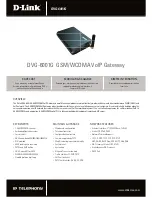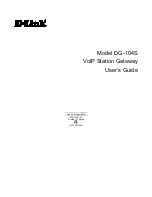
8
West Mountain Radio
Operating Manual
device and it cannot overcharge a 12 volt battery. Also, it will not charge a
battery that has a dead cell.
The charging circuit has four selectable charging current settings, 1A, 4A, 7A,
and 10A, to be chosen appropriately for the battery’s rating.
The four charging states are:
Trickle charge…
If the battery is below 10 volts, then a low current of 50
ma is supplied. This is a safe current if the battery has a dead cell. But if the
battery is good, the voltage will slowly rise to above 10 volts and then the
charger will switch to the bulk charge state.
Bulk Charge….
This is a high current state, selected by the maximum
current setting (Fuse Jumper), and controlled by the battery’s voltage. The
charger will provide up to maximum current, limited by the circuit, the power
supply voltage, and the battery’s impedance and voltage.
Peak Voltage….
This is often called the “absorption” state. The battery is
charged with the voltage limit elevated to 13.8 V or 14.2 V (see below), until
the current has diminished to a tenth of the maximum setting. At this current,
the charger will change to the float state.
Float…..
This is the resting state of the charged battery, often called the
maintenance state. The charger will supply a small current to keep the
battery at the float voltage of 13.5 V.
The states are switched as follows:
Turn-on….
If the power supply is turned on, and the battery had been
discharged below 10 volts, the charger will start in the trickle charge state, and
then, if the battery rises above 10 volts, it changes into the bulk charge state.
Typical Charging Curve
Switch to Float
@ 0.1 MAX
GREEN & YELLOW LED
FLOAT CURRENT
MAX
CURRENT
GREEN LED
GREEN & RED LED
Check for
bad cell
TIME
Summary of Contents for Super PWRgate PG 40S
Page 12: ......






























